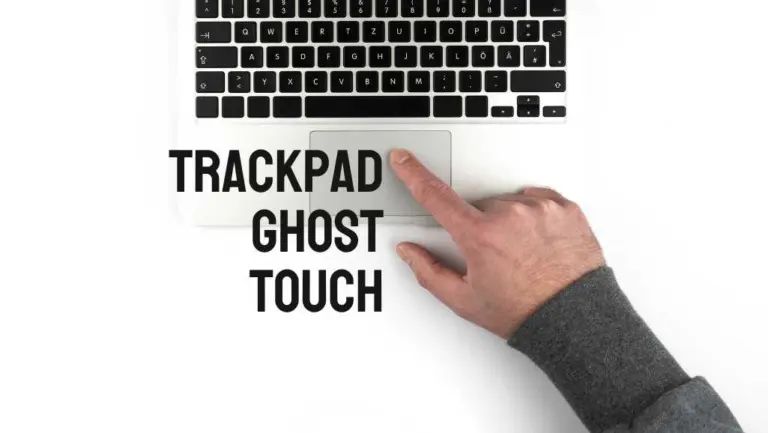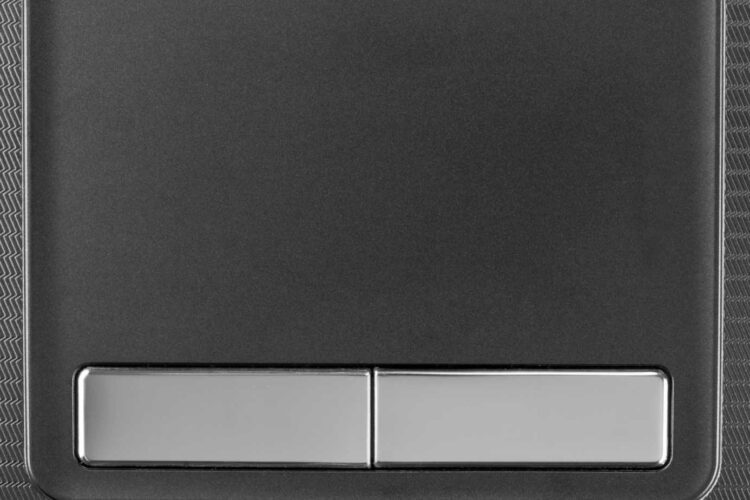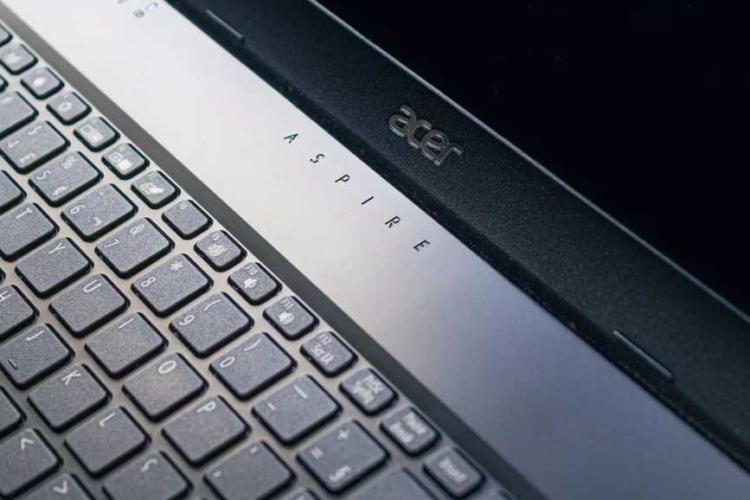
Resolving Laptop Trackpad Ghost Touch Issues: Causes and Fixes
Laptop trackpad ghost touch issues can be incredibly frustrating. These phantom touches disrupt your workflow and can make using your laptop a nightmare. Imagine trying

Laptop trackpad ghost touch issues can be incredibly frustrating. These phantom touches disrupt your workflow and can make using your laptop a nightmare. Imagine trying to complete an important task, only to have your cursor jump around the screen randomly. Addressing these issues promptly is crucial for maintaining productivity and ensuring your laptop remains in good working condition. In this post, we’ll explore why ghost touches occur and how you can repair your laptop touchpad, offering practical solutions to get your trackpad functioning correctly again.
Ghost touches are not just a minor inconvenience; they can severely affect your efficiency and accuracy when working on your laptop. This issue can lead to accidental clicks, opening unintended applications, and even data loss if a file is moved or deleted by mistake. Moreover, prolonged ghost touch problems can indicate deeper issues with your laptop that might worsen over time if not addressed. Therefore, understanding and resolving ghost touch problems is essential for any laptop user.
In the following sections, we will delve into the common causes of ghost touches, ranging from hardware and software issues to environmental factors. We will also provide a step-by-step guide to diagnose and fix these issues, ensuring your laptop remains a reliable tool for work and leisure.
Ghost touches refer to the random, erratic movements or clicks on a laptop trackpad that you did not initiate. These phantom inputs can cause the cursor to jump around, open unintended applications, or perform other unwanted actions. Identifying ghost touches involves noticing erratic cursor behavior, unexpected clicks, or the trackpad responding when you haven’t touched it.
These ghost touches can severely impact your laptop’s usability. They can interrupt your tasks, lead to accidental data loss, and make it challenging to complete even simple operations. Recognizing the symptoms early can help you address the problem before it worsens.
Ghost touches can manifest in various ways. You might notice the cursor moving on its own, clicking on icons without any input from you, or selecting text and dragging files across the screen. In some cases, the trackpad may become unresponsive for a few seconds and then act erratically. These symptoms indicate that the trackpad is receiving false signals, which can be due to multiple underlying reasons.
The impact of ghost touches on your daily tasks cannot be overstated. They disrupt your workflow, cause frustration, and can lead to mistakes. For professionals who rely on their laptops for work, such issues can result in missed deadlines and decreased productivity. Students may find it difficult to take notes or complete assignments efficiently. Even for casual users, ghost touches can make browsing the web or watching videos a cumbersome experience.
Understanding why ghost touches happen is key to fixing them. There are several potential causes, including hardware issues, software problems, and environmental factors.
Before fixing the issue, proper diagnosis is essential. Here are some steps to identify the cause of ghost touches:
Initial Troubleshooting Steps
Detailed Diagnostics
By following these steps, you can narrow down the potential causes of ghost touches. If the issue persists after initial troubleshooting, it may indicate a more complex problem that requires a deeper investigation.
If you’ve identified hardware issues as the cause of ghost touches, here are steps to fix them:
Cleaning the Trackpad
Repairing or Replacing the Trackpad
Repairing or replacing the trackpad can seem daunting, but with the right tools and guidance, it’s manageable. If the problem persists after a thorough cleaning or replacement, it may indicate deeper hardware issues requiring professional diagnosis.
Software related ghost touches can often be resolved through updates and settings adjustments.
Updating Drivers and Firmware
Reconfiguring Touchpad Settings
Reinstalling the Operating System
Fixing software issues can significantly improve trackpad performance. Regular maintenance of your software environment is crucial to prevent future problems and ensure smooth operation.
Preventive measures can help you avoid dealing with ghost touches again.
Regular Maintenance Tips
Best Practices for Software Management
By following these preventive measures, you can minimize the risk of ghost touches and maintain a smooth, responsive trackpad. Regular maintenance and careful software management are essential for a reliable and efficient laptop experience. But if you need a quick laptop touchpad repair, we are here to help.
Ghost touches on a laptop trackpad can be annoying but are usually fixable. By understanding the causes and following the steps outlined, you can resolve these issues effectively. Regular maintenance and staying updated with software can prevent future occurrences. If the problem persists, don’t hesitate to seek professional help to ensure your laptop remains in optimal condition.
Taking proactive steps to maintain your laptop can save you time, money, and frustration in the long run. By keeping your trackpad clean, updating your software regularly, and addressing any issues promptly, you can enjoy a seamless and efficient laptop experience. Remember, a well-maintained laptop is a reliable tool that can support your productivity and enhance your overall computing experience.
To fix trackpad ghost touch issues, start with these steps:
If these steps don’t work, consider seeking professional repair or replacing the trackpad if it’s physically damaged.
To fix ghost touch on your laptop:
If the issue persists, consider consulting a professional technician or replacing the trackpad.
Your laptop touchpad might be acting weird due to several reasons:
To resolve this, clean the trackpad, update drivers and firmware, and check for physical damage.
To fix a glitching touchpad on your laptop:
If these steps do not resolve the issue, consider seeking professional help or replacing the trackpad.
Don’t let these issues disrupt your productivity. Bring your laptop to Volta PC Upgrade & Repair! Our expert technicians specialize in diagnosing and fixing laptop touchpad problems, ensuring your laptop runs smoothly again. Visit us today and experience top-notch service and reliable solutions. Say goodbye to trackpad troubles with Volta PC Upgrade & Repair!

Laptop trackpad ghost touch issues can be incredibly frustrating. These phantom touches disrupt your workflow and can make using your laptop a nightmare. Imagine trying

Keeping your laptop touchpad clean and well-maintained is crucial for smooth operation and longevity. A touchpad filled with dirt, dust, or grime can lead to

How to repair an Acer Laptop Keyboard? Laptop keyboards are notorious for giving in to wear and tear, accidental spills, or the occasional sticky key.